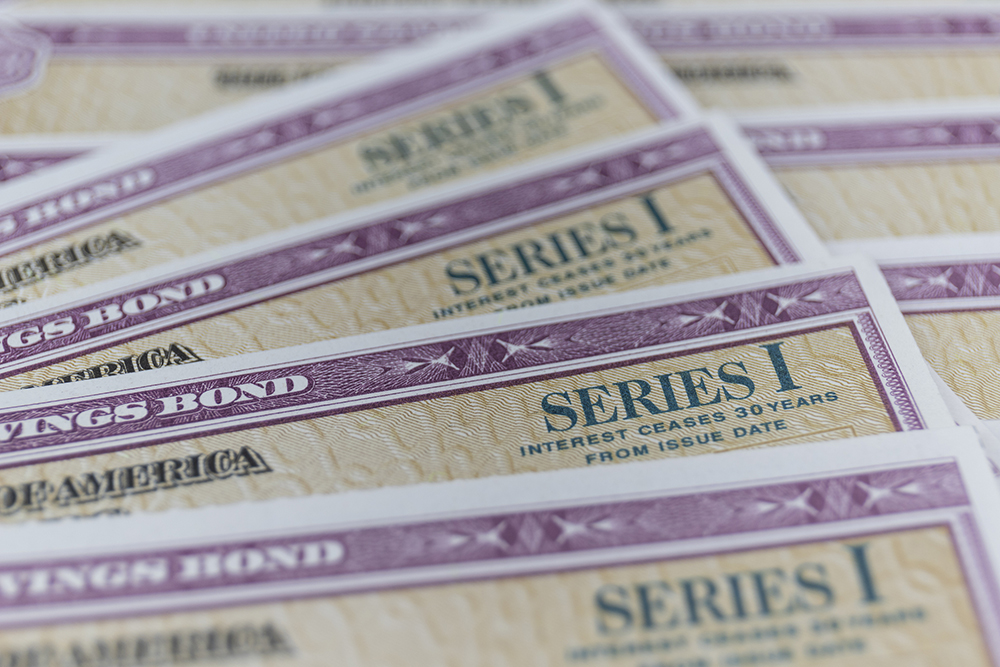I Bonds: New Interest Rate of 9.62% as of May 1st!
When I wrote about I Bonds in my last blog, the interest rate was 7.12%. With the current CPI numbers, the six-month rate has gone up to an astonishing 9.62%. If you have extra cash you are not going to need to use for at least one year or more, you may want to consider buying I Bonds.
The Treasury Direct website (https://www.treasurydirect.gov/), has a lot of helpful information, and it is a good idea to do your research to make sure you understand how everything works before you purchase them.
Key Points:
- There is an annual purchase limit of $10,000 per person. Each person must have their own account (note that a financial advisor cannot purchase these for you — you must be the purchaser).
- Trusts can also be purchasers.
- Interest rates are for 6-month intervals, with new rates on May 1 and November 1.
- You have to hold them for 12 months at a minimum.
- If you cash out after one year but before five years, you will lose the last three months of interest as a penalty.
- If you buy the bonds near the end of a month, you receive interest as though you owned them for the whole month.
- They are based by the full faith and credit of the U.S. government.
- Interest is compounded twice per year at six-month intervals based on the issue date and is paid when the bond is redeemed.
- I Bonds are exempt from state income tax, and interest is tax-deferred until they are redeemed.
- You buy them on the Treasury Direct website (https://www.treasurydirect.gov/), and you must keep track of your sign-in credentials and account number information.
Additional Information About I Bonds
One thing that is unique about I Bonds is their interest structure, which consists of a “Fixed Rate” and “Inflation Rate” that, together, make a “Composite Rate” — the actual rate of interest that an I Bond will earn over a six-month period. The current Fixed Rate for I Bonds is 0%, but the inflation rate, which is tied to the consumer price index, is now an annualized 9.62%, making the Composite Rate 9.62%. The Fixed Rate can never drop below 0%, so the money invested will not lose nominal value.




